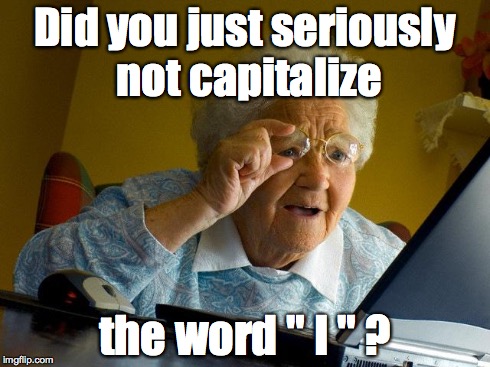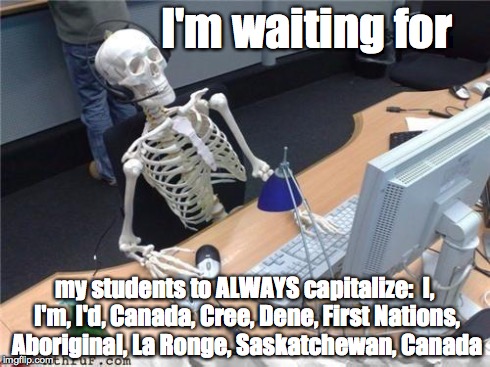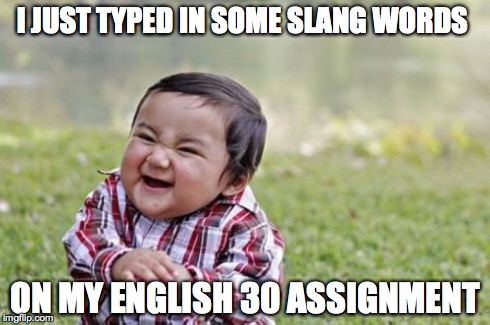I am also finishing up my EdX course "Reconciliation through Indigenous Education" through UBC. It has provided me with many resources to help incorporate my Aboriginal students' "Ways of Knowing." This is becoming a more accepted way to teach all Canadian students at every grade in a way that recognizes the First People across Canada. It has been said that it will take seven generations of respectful educational experiences to undo the damage of the previous seven generations of Residential School ethnocide. I believe it, as I actually never heard about residential schools until University although my mom's generation was the last to be a part of this unfortunate legacy. It also involves all Canadian's education as this is their shared Canadian history. In moving forward we have to understand the historical contexts that have shaped so many lives and have caused cultural trauma for Aboriginal people that continue to share in a sad state of affairs across Canada today.
I have plans to incorporate and encourage a model of acceptance for the Aboriginal stories and experiences throughout my course. I will include opportunities for students to share narratives that are tied to the land or their traditional/cultural knowledge (including interviews of their Elders/Grandparents). I also want to put in a portion about the Residential School and the "Apology" Stephen Harper gave. I am going to include the use of the Medicine Wheel as a graphic organizer and find ways to intersperse Aboriginal traditions, cultures and perspectives throughout the course. I find that my Native Studies course presently is based on the Eurocentric and Western Philosophy model of learning and I have the opportunity to use the Aboriginal education model seamlessly in this online course by allowing students the opportunity to be successful in both ways of learning.
#ecmp455 #reconciliation #Indigenous Education #edx #indedu200x #ubcx


